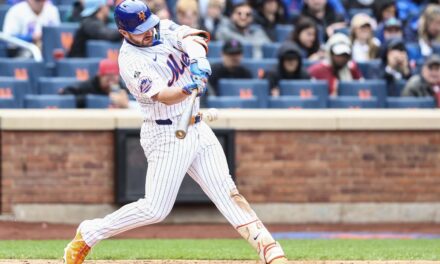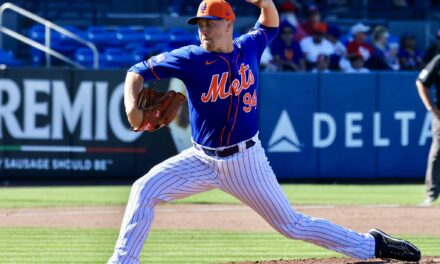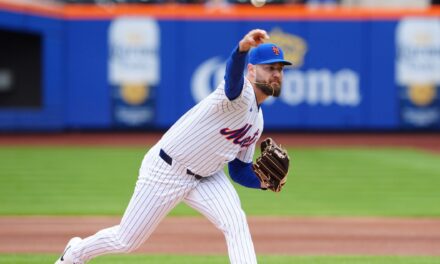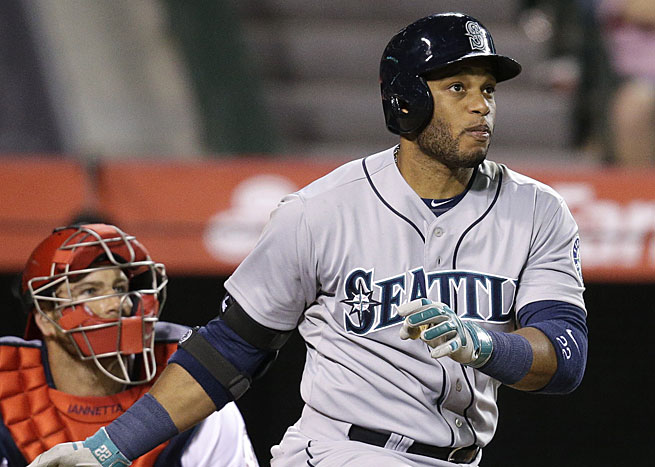
Baseball is a game that is constantly evolving and the team’s that successfully navigate the natural growth of the sport are identifying their strengths and maximizing the results. The traditional format of growing pitching and buying bats is transitioning into an all organic format.
The majority of playoff quality teams are rounding out their lineups of homegrown talent with one or two well chosen external pieces that hurdle the club to the top. There are exceptions to every rule for spending in the free agent market, but examining the results of last year’s class may provide some insight as to how the Mets should proceed this winter.
The type of signing that brings the most risk to reward ratio is a long term contract, ranging 7-10 years with over $100 million in guaranteed salary. In the first of five installments, let’s take a look at 2014’s long term free agent signings and identify which two contracts represent the best and worst deals inked over the long haul.
Long term signings are becoming a rarity in today’s game. Most MLB teams hedge on their young talent with front loaded, team friendly deals, in order to maximize the return on their productivity. There are still exceptions, particularly for players in their prime who possess multiple plus tools. Last year’s headliners were Robinson Cano and Shin-Soo Choo.
Cano, formerly of the New York Yankees, was signed to a 10 year, $240 million contract by the Seattle Mariners last offseason. It’s ironic that there was ever a deal too rich for the Yankees’ blood, but the former Bomber transitioned to the West Coast nicely. His 14 home runs was nearly half his total from the previous season, but there’s little difference in his overall statistics aside from that.
His .314/.382/.836 slash line had a plus-minus margin of 0.00/(.001)/(.063) when compared to last year’s production in the Bronx. Critics may argue that the slugger was paid $24 million to do just that, hit home runs, but the majority of MLB teams would pay his contract if they could guarantee his 2014 numbers that included 187 hits, 82 RBI, 77 runs and a 1.108 OPS with runners in scoring position. Cano also stayed healthy all season and played gold glove caliber defense over a stretch of 157 games. His unique range and strong arm gave the Mariner’s an upgrade in run prevention, but the back end of his contract also holds less risk in the American League since the Mariners can transition him to a DH role later on past his prime.
Seattle made a bold decision when they agreed to pay Cano $24 million a year for 10 years, but the contract is a direct reflection of the impact that aggressive bidding has on the free agent market. The team that signs a premium candidate is sacrificing payroll on the back end of the deal in order to secure high caliber production on the front end. The Mariners found themselves in a position to contend with the addition of a top end player and felt that their window of opportunity to make the playoffs coincided with the prime years of Cano’s productivity. Overall, Seattle missed the post-season, but the team improved their 2013 campaign by 16 wins, finishing at 87-75. If they can get half that improvement heading into the 2015 season, they’ll be a lock for October baseball.
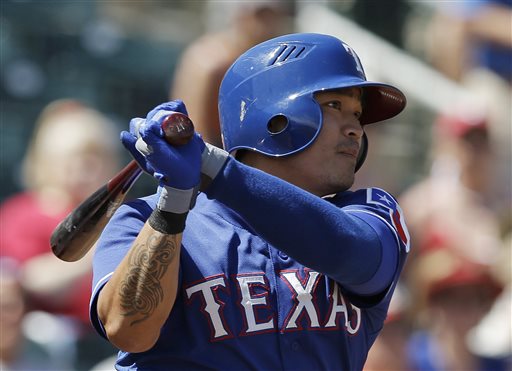
Shin-Soo Choo was regarded for his high OBP and efficiency on the base paths, registering 107 runs scored in 2013 as a member of the Cincinnati Reds. In 2014, with the Texas Rangers, he played in 31 less games, registered 52 less hits, 49 less runs scored and drew 54 less walks. His slash line had a plus-minus differential of (.043)/(.083)/(.171) compared to last year and his wRC+ dropped by 34% down to an even 100. That metric has a median focal point of 100, where every point above that number is a point above standard production. So the Rangers were, by definition, paying $14 million for a league average player.
Choo could very well bounce back, but an interesting piece by FanGraphs points out that his .309 batting average on balls in play (BABIP) in 2014, was drastically lower than his .346 career mark that spans over eight years and 4,000 plate appearances. While .309 is still above league average, he would have to make contact at an unrealistic rate in order to generate the same results he had in 2013.
The deal becomes further complicated since, unlike Cano, Choo’s projected value stemmed entirely from his offensive production. His defense is not strong enough to offset his struggles at the plate, so his contract inherently carries more risk, gambling on a skill set that only contributes to one side of the ball. The Rangers appeared to have signed the albatross contract of 2014, especially when you consider that Choo’s deal increases to $21 million per year in the final two seasons.
Every free agent is signed with the intention of filling a void in a playoff team’s post-season narrative. There’s risk that comes with paying eight figures to an athlete on the wrong side of thirty, but Robinson Cano provided the type of output that kept Seattle in the playoff hunt all season.
Hypothetically, had the Mets signed Cano last offseason, it would have immediately upgraded the lineup. The Amazins’ had their own All-Star second baseman in Daniel Murphy, but Cano is an elite level talent compared to Murphy, whose defense negatively impacts is overall value.
The Mets found themselves on the outside looking in as the teams operating model discourages lengthy deals that are pricey and driven by a player’s past performance, not future. Cano’s output would still be a welcomed addition to the Mets offense, but in retrospect, his deal now makes even less sense in Flushing since the emergence of Wilmer Flores and Dilson Herrera. Both of those young players have a long road to travel before they reach a level similar to Cano’s, but their futures are bright and New York has other positions in need of attention.
Choo was considered by many baseball writers and experts as a great fit for the Mets last Winter, but it’s clear that New York dodged a bullet by passing on the former Reds standout. The stadium in Arlington doesn’t have a suffocating effect on hitters, so it’s reasonable to assume that Choo’s drop off would have been exponentially worse in Citi Field.
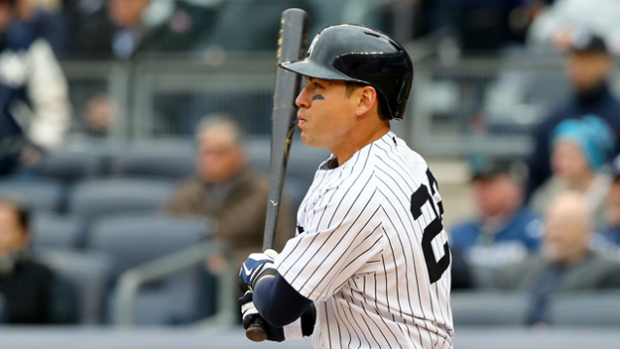
The Mets will almost certainly avoid any long term deals in the near future. The only other long term deal (7-10 years) was the Yankees signing of Jacoby Ellsbury at seven years and $153 million. However, at a cost of around $500,000 through the next several years, Juan Lagares is clearly the better option in my opinion.
As a left-handed hitter in Yankee stadium, Ellsbury turned in 16 home runs, 70 RBI’s and 39 stolen bases. Whether that production is worth $21 million per year is debatable, but unlike the Mets, many teams are willing to pay elite salaries for above average offense. The orange and blue got to watch their own star grow in center while the biggest deals from 2014 played elsewhere.
Given the current needs of the team, I believe the front office made the right decision by passing on these three players and this offseason, the results should be the same. None of the free agent position players warrant a deal longer than 7 years, so the focus should be on shorter, more team friendly deals that can improve the team. .
Up next, mid level contracts ranging anywhere from 4 to 6 years. There were several names within this group that many believed the Mets should have pursued, so I’m expecting some heated debate on this one.
Lets! Go! Mets!



